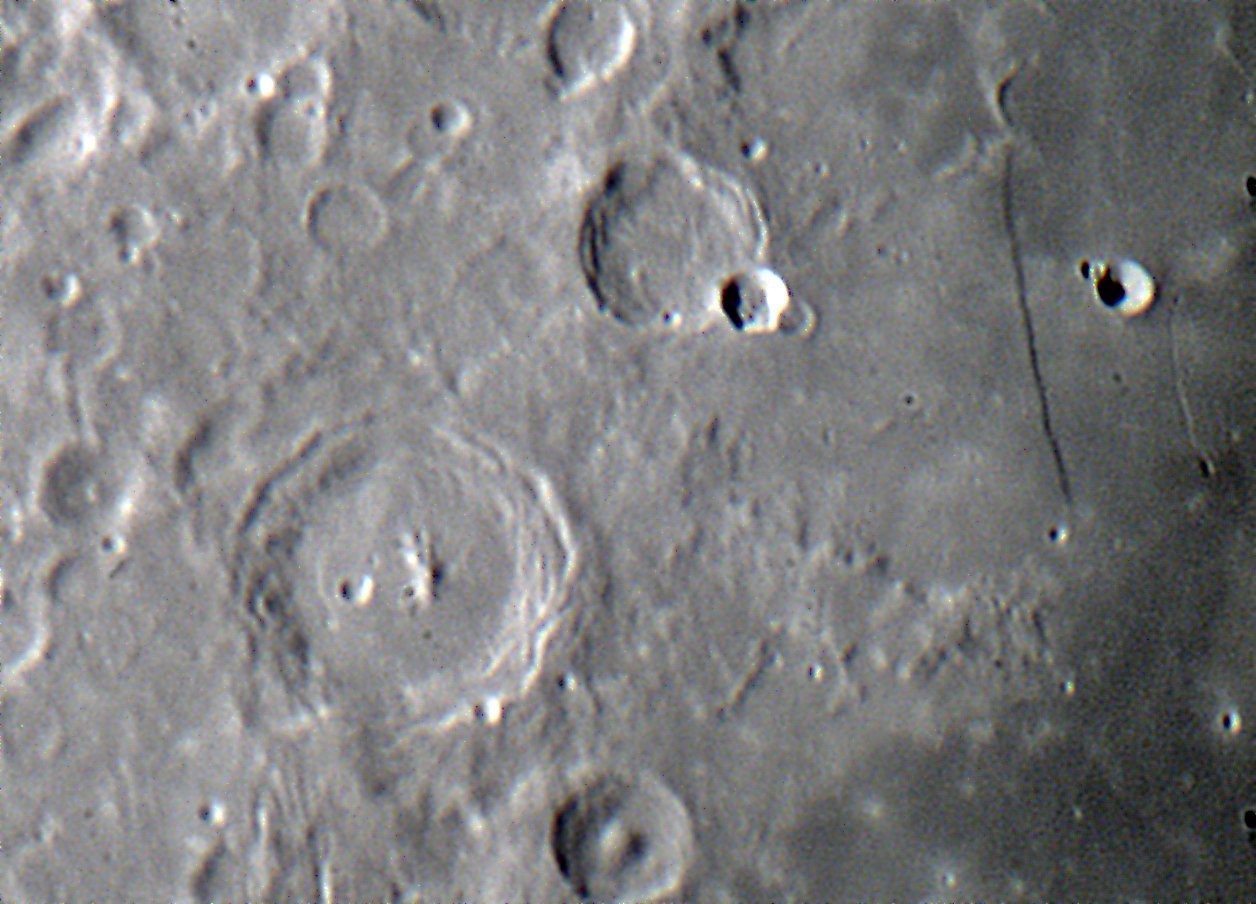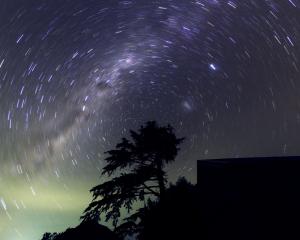
One area of the moon I have become fascinated by recently is The Straight Wall or Rupes Recta. It is nestled in the Mare Nubium, the lunar sea of clouds, a circular feature just south of the centre of the moon's disk.
Rupes Recta is a linear fault line which extends approximately 110km and rises to a height of 240m-300m. Despite its moniker, the Straight Wall is not perfectly straight but gently curves across the lunar surface, resembling a sharp, jagged scar when seen under favourable lighting conditions.

The visibility of Rupes Recta changes dramatically with the moon's phase. During a waxing half-moon, when the sunlight strikes the surface at a low angle, the escarpment casts a long, sharp shadow that accentuates its steep face. As can be seen in the accompanying photograph taken two weeks ago at first-quarter moon, it appears as a striking dark line, which is easy to see in modest telescopes.
When the moon is nearly full, the sun's rays fall directly onto the surface, making the Straight Wall almost invisible.
Finally, when the moon reaches last-quarter phase, the sun's evening light, now coming in from the west, falls directly on the slope, so instead of a shadow, it is lit up, shining brightly on the lunar surface. With the moon reaching the first quarter today, this means that Rupes Recta should be a fine sight after moonrise just before 3am tomorrow.










